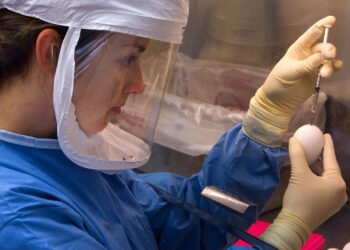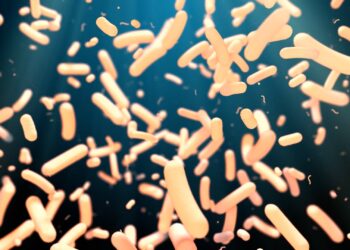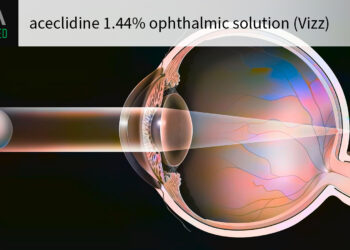TOPLINE:
Sickle cell disease (SCD) altered CD8+ T-cell chromatin architecture, triggering ferroptosis and weakening antitumor immunity. Hydrogen sulfide (H2S) treatment restored chromatin interactions and enhanced immune responses, improving immunotherapy effectiveness in renal medullary carcinoma.
METHODOLOGY:
- Researchers analyzed CD8+ T cells from peripheral blood mononuclear cells of healthy donors and patients with SCD, examining chromatin architecture changes through Hi-C technology and DNA fluorescence in situ hybridization (FISH).
- Analysis included CD34+ hematopoietic stem cell–engrafted humanized mice with high human leukocyte engraftment showing over 75% human CD45+ leukocytes for RMC2C1 cell implantation studies.
- Treatment protocols involved administration of 10 mg/kg GYY4137 intraperitoneally twice weekly for 3 weeks, followed by anti–programmed cell death 1 (PD-1) antibody treatment at 200 μg per mouse twice weekly.
TAKEAWAY:
- CD8+ T cells from patients with SCD exhibited reduced SLC7A11 expression and increased lipid peroxidation compared with healthy control individuals, with a significantly decreased H2S concentration in serum samples (P < .0001).
- GYY4137 treatment restored SLC7A11 chromatin interactions and enhanced immune function, with combination therapy showing improved antitumor efficacy (P < .0001).
- Analysis revealed reduced long-range chromatin interactions in SCD CD8+ T cells, particularly affecting genes involved in H2S biosynthesis including CBS and CTH.
- Treatment with GYY4137 and anti–PD-1 increased tumor-resident CD8+ T-cell infiltration (P < .0001) and boosted cytotoxic activity through higher percentages of granzyme B+ CD8+ T cells.
IN PRACTICE:
“Our study revealed that SCD altered CD8+ T cell 3D genome architecture, triggering ferroptosis and weakening antitumor immunity, thereby promoting tumor growth. Using murine and humanized SCD models, we found that disrupted chromosomal interactions in CD8+ T cells reduced the expression of antiferroptotic genes, including SLC7A11 and hydrogen sulfide (H2S) biogenesis genes, thereby increasing susceptibility to ferroptosis. Therapeutic restoration of H2S concentration in SCD mice rescued SLC7A11 expression, mitigated ferroptosis, and enhanced immune and antitumor responses,” the authors of the study wrote.
SOURCE:
This study was led by Zilong Zhao, The University of Texas MD Anderson Cancer Center in Houston. It was published online on May 12 in Immunity.
LIMITATIONS:
According to the authors, while Hi-C and DNA FISH analyses revealed chromatin interaction changes in CD8+ T cells under SCD conditions, altered T-cell subtypes and states may contribute to these findings. The researchers noted that while this study highlights SCD’s impact on ferroptosis and chromatin architecture, other tumor microenvironment–related factors remain to be examined. Additionally, the use of peripheral blood mononuclear cell–derived humanized mice may limit insights into early immune development and influence the robustness of tumor growth differences.
DISCLOSURES:
This study was supported by grants from National Institutes of Health, Cancer Prevention and Research Institute of Texas, and Department of Defense. Pavlos Msaouel received funding from Gateway for Cancer Research, the Kidney Cancer Association, the V Foundation, and the MDACC Physician-Scientist Award. Additional disclosures are noted in the original article.
This article was created using several editorial tools, including AI, as part of the process. Human editors reviewed this content before publication.
Source link : https://www.medscape.com/viewarticle/scd-impairs-t-cell-function-cancer-2025a1000d6w?src=rss
Author :
Publish date : 2025-05-26 10:16:00
Copyright for syndicated content belongs to the linked Source.














